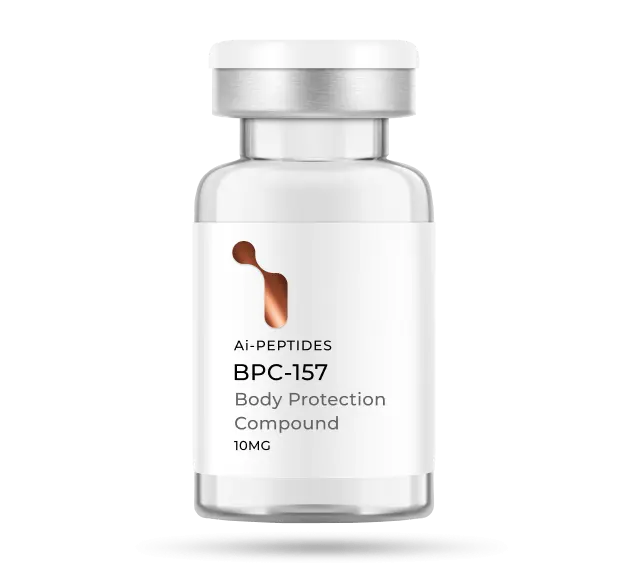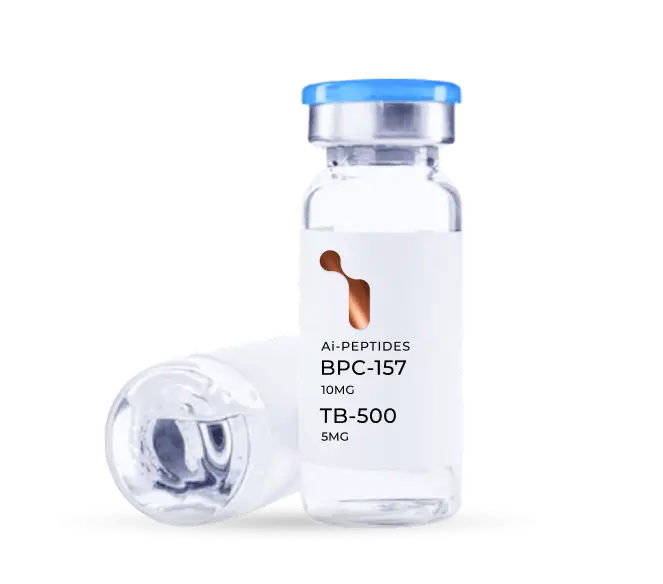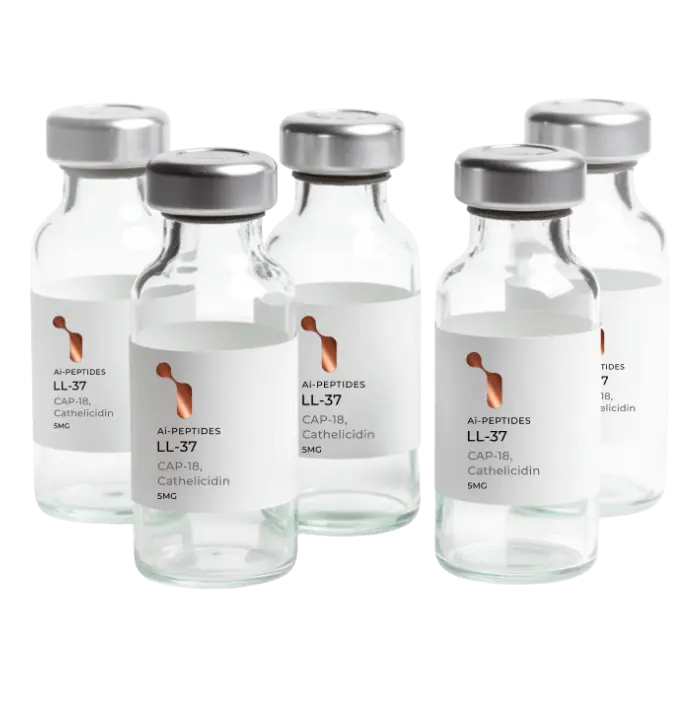MK677 and Ipamorelin are both selective agonists of the ghrelin receptor. Ipamorelin is a peptide analogue of ghrelin whereas MK677 is an unusual molecule that doesn’t fit into any specific category (it isn’t a peptide). These two compounds, while affecting a similar receptor, have different properties and produce different biochemical results. Many people are interested in the differences between MK677 vs Ipamorelin. Below is a look at how these compounds differ as well as how they are alike.
MK677 vs Ipamorelin
MK677, also known as Ibuatmoren and Oratrope, is an orally active, non-peptide, selective agonist of the ghrelin receptor. MK677 shares no structural similarities with ghrelin and therefore no structural similarities with Ipamorelin. Research shows that MK677 increases the secretion of growth hormone (GH) and insulin-like growth factor-1 (IGF-1) without affecting cortisol levels. It is currently under investigation for the treatment of growth hormone deficiency, muscle wasting, bone wasting, and appetite stimulation. MK677 has a long half-life and once-daily dosing in most trial settings.
Ipamorelin is a peptide analogue of ghrelin that stimulates the secretion of GH. It is among the most selective of ghrelin analogs with research revealing no effect on ACTH, prolactin, follicle-stimulating hormone, luteinizing hormone, thyroid stimulating hormone, or cortisol levels. Ipamorelin has been investigated in the treatment of GH deficiency, muscle wasting, and post-surgical ileus. It has also been the subject of numerous clinical trials for its ability to increase bone strength and mineralization.




